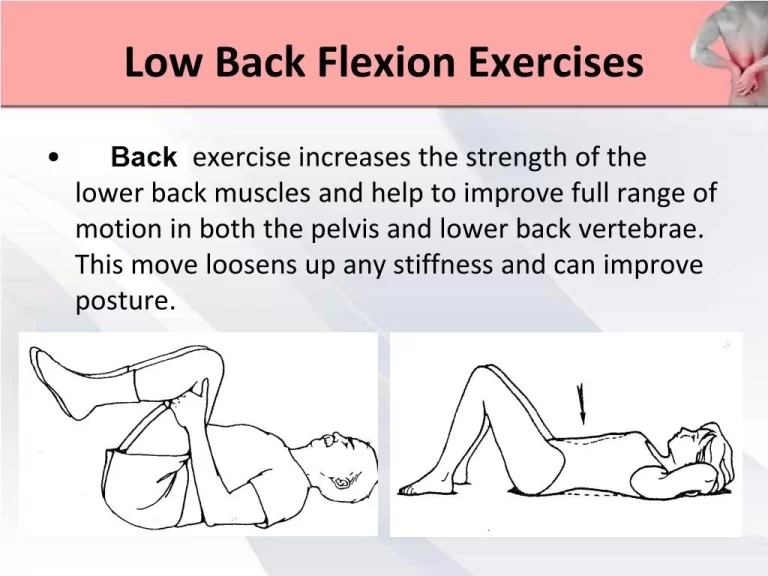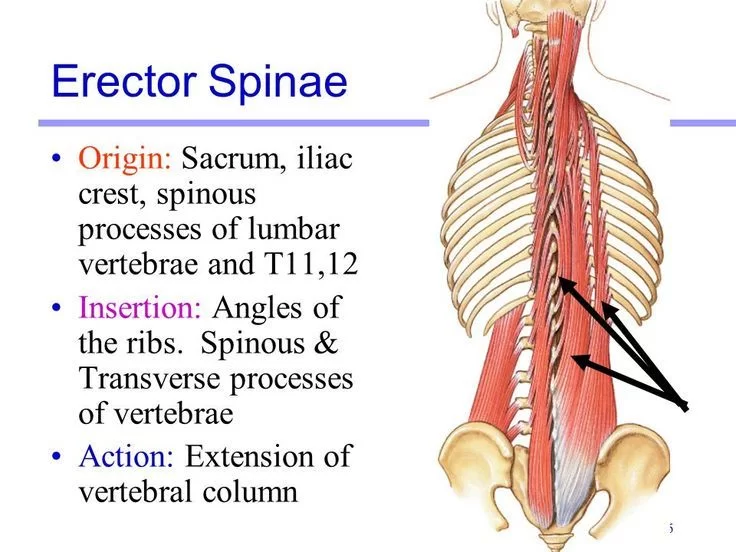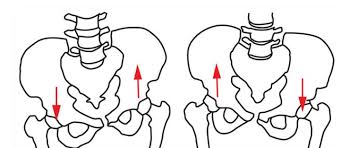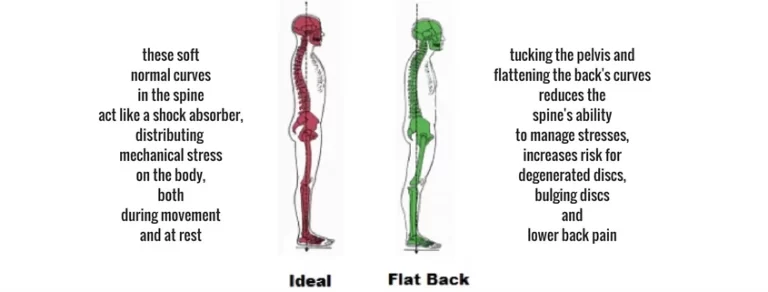Cervical Stenosis of spine : Physiotherapy exercise
Definition Cervical stenosis of spine is a narrowing of the cervical spinal canal which may result in compression of the spinal cord and/or the nerve roots. It can be caused by several things, including spondylosis (a degenerative process that results in bony overgrowths), arthritis, previous infections, or malignancy, among others. The symptoms of cervical stenosis…










